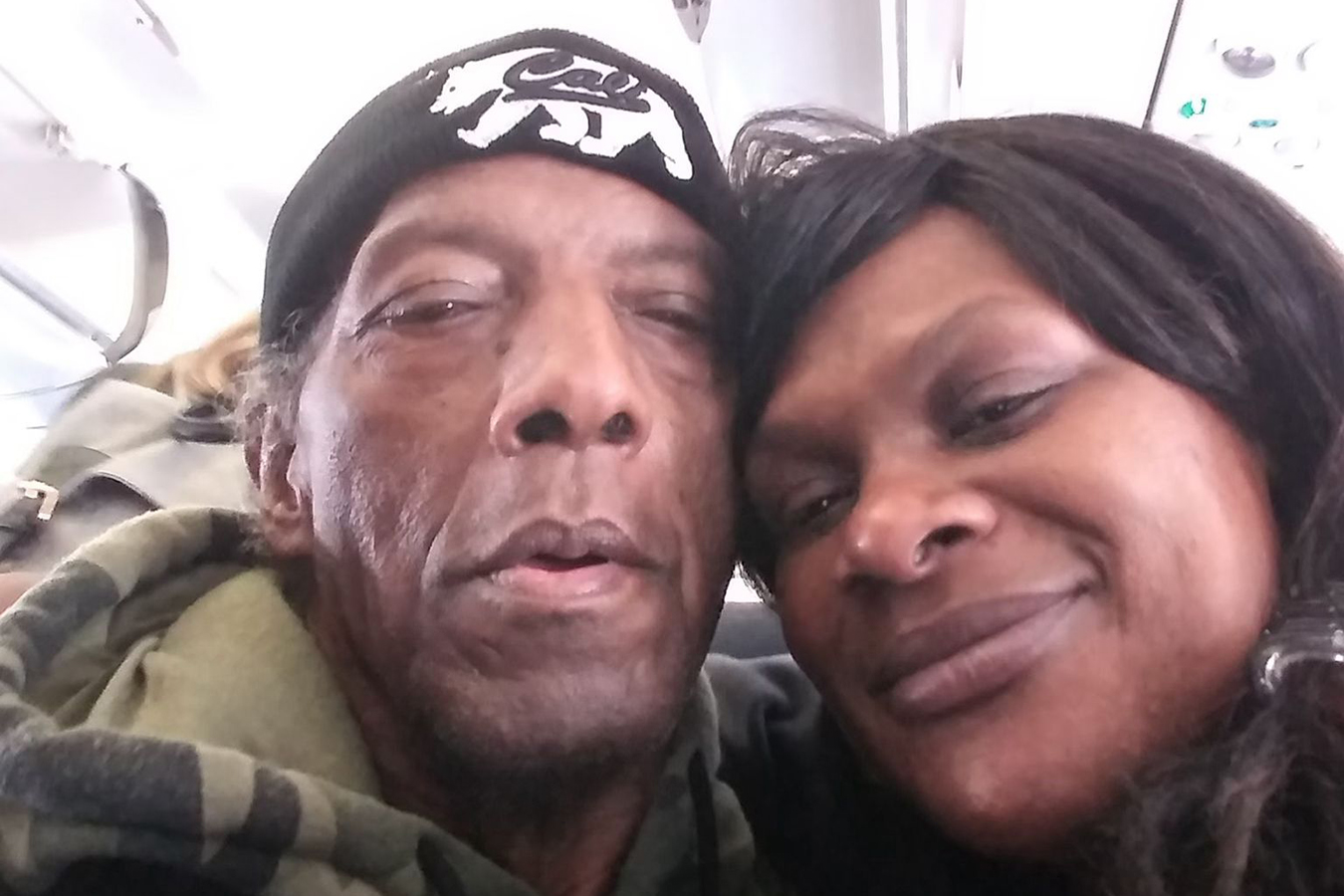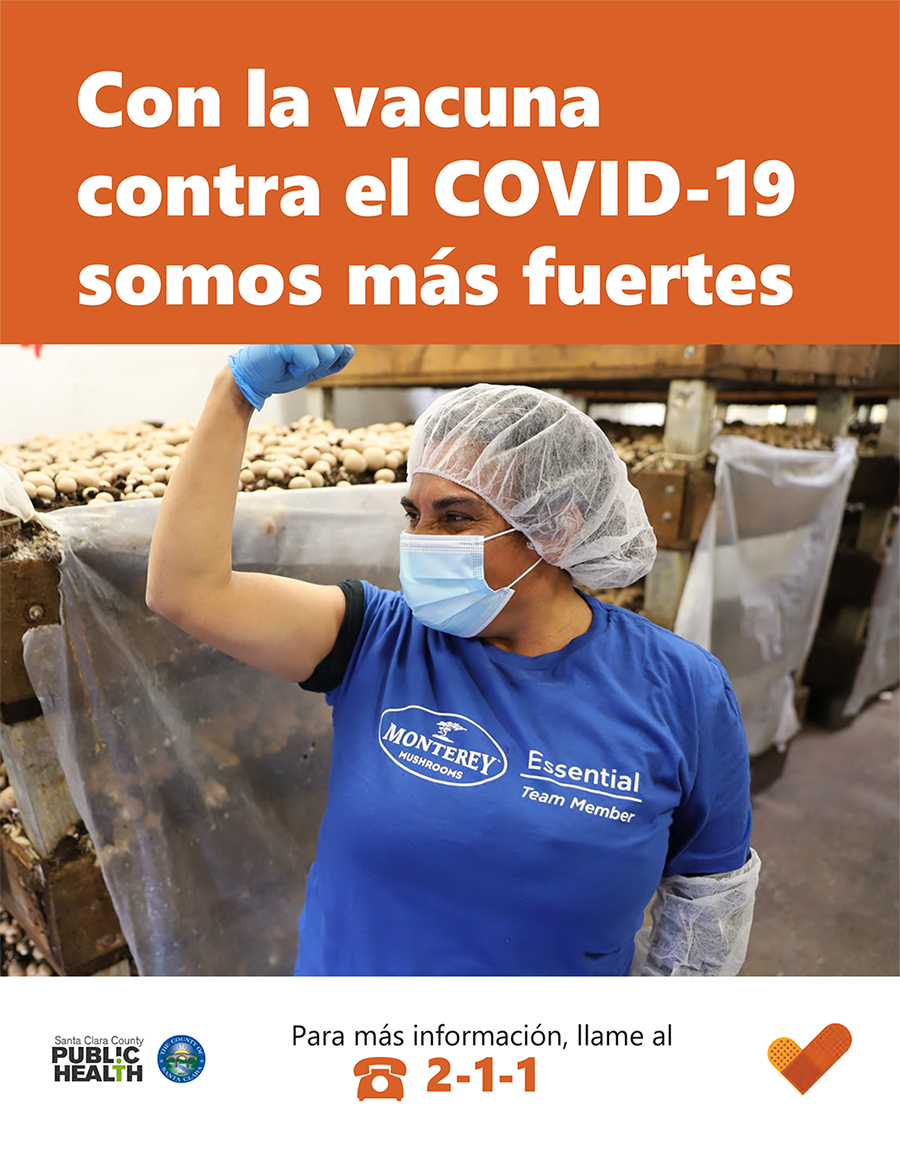SACRAMENTO — Gov. Gavin Newsom routinely boasts that California has “one of the highest vaccination rates in the United States of America.”
But Newsom, facing a recall election this fall, rarely mentions that the state’s covid vaccine uptake has largely stagnated in Black and Latino neighborhoods hardest hit by the coronavirus, and in rural outposts where opposition to vaccines runs rampant. In these communities, deep distrust of government and the U.S. health care system has collided with the state’s high-stakes effort to finish vaccinating its 34 million vaccine-eligible residents.
These are places where state health officials believe they can change a significant number of minds. But the Newsom administration is struggling to do so, public health experts say, hampered by its inconsistent and hastily developed public messaging and outreach campaign that relies too heavily on private advertising firms and companies such as Google and Blue Shield of California.
“Many people don’t trust information being put out about vaccines because it’s coming from private companies that have profit-seeking motives,” said Dr. Tony Iton, a senior vice president at the California Endowment, which focuses on expanding health care access for Californians. Iton served as Alameda County’s public health officer from 2003 to 2009.
What actually works, Iton and other public health experts say, are well-funded, locally designed operations led by organizations that have built trust with residents and are capable of going door to door to dispel vaccine mythology, such as local nonprofits, county health departments and community clinics.
Email Sign-Up
Subscribe to KHN's free Morning Briefing.
But California’s 61 local public health departments have been stunted by years of declining revenue, budget cuts and staff reductions that have stymied their ability to conduct the expensive and time-consuming public health outreach campaigns necessary to combat vaccine skepticism and hesitancy.
“When something like covid-19 comes along, local knowledge is absolutely invaluable in reaching every pocket of that community, particularly in building trust in vulnerable populations,” Iton said. “The state doesn’t have that, Google doesn’t have that, and certainly Blue Shield doesn’t have that.”
Even the Newsom administration’s internal polling shows its efforts are faltering.
“The resounding barrier to vaccination,” state officials wrote in the latest survey published in June, “has been confusion as a result of inconsistent, contradictory or insufficient messaging from government and public health officials.”
Statewide, nearly 60% of Californians are fully vaccinated, but progress is uneven. Just 39% of eligible Black residents and 40% of Latinos had been vaccinated as of Friday, and local public health officials are intensely worried about regions like the Central Valley, where vaccination rates have stalled, especially given the threat of covid’s dangerous delta variant. Similar disparities exist by geography, across regions and even among neighborhoods.
The state’s vaccine holdouts make up a cohort that cuts across political and geographic ideologies and is dominated by Latinos, African Americans, rural residents and young people. Unlike outright vaccine “rejecters,” who lean Republican, undecideds align with Democrats, according to state polling.
State officials are trying to change the minds of both “undecideds” and “rejecters,” and are relying primarily on vaccine lotteries with giveaways totaling $116.5 million or vacation packages, and glitzy advertising campaigns featuring paid social media influencers. The state has awarded two $40 million contracts to high-dollar ad agencies for vaccine outreach and education.
Companies including Facebook, Google, Comcast and TikTok are providing free advertising on social media, radio and TV, and making charitable contributions to help the state fund its public education campaigns, state records show.
Lackluster vaccination uptake drove the Newsom administration to pursue the more personal approach that public health experts favor, but the still-nascent campaign leaves out large swaths of the state. The administration launched its “Get Out the Vax” campaign in April, enlisting 70 community-based organizations and 2,000 community canvassers, now focused on Los Angeles and Central Valley neighborhoods where vaccinations have plateaued or declined.
But county public health officials say the campaign isn’t big enough to combat the vaccine misinformation that has infiltrated regions such as California’s rural north.
“It’s terrible,” said Placer County’s health officer, Dr. Rob Oldham, who said misinformation is driving vaccines down. “Unfortunately, the lottery didn’t really help us. We’re working so much harder to get a dozen people vaccinated, whereas before we were doing close to 1,500 shots a day.”
State Health and Human Services Secretary Mark Ghaly acknowledged that the state must boost its presence on the ground and said it “needs to do better and more.” At the same time, he and other state officials argue that the vaccine lottery is working and that they are seeing progress in hard-hit neighborhoods.
This month the state debuted pop-up vaccine clinics at McDonald’s restaurants in 11 counties, and state-funded outreach workers have fanned out in neighborhoods such as South Los Angeles to sign people up for appointments or vaccinate takers from a roving van. Vaccine canvassers report that the people who don’t want the vaccines say they’re concerned about safety or repeat sometimes outrageous rumors, such as the false assertion that vaccines turn people into zombies.
“We’re seeing lots of disinformation and lack of a sense of urgency,” said Yolanda Richardson, secretary of the California Government Operations Agency and Newsom’s “vaccination czar.” “The work that we have left to do is really finding out what each individual person needs to make that jump.”
Carnella Marks of Oroville, in Butte County, offers a telling case of how hard public health officials must work to cut through the thick swamp of misinformation and confusion.

Marks, 51, who is Black, has deep misgivings about the safety of the vaccines that are rooted in the country’s racist history and her personal experience: When she was pregnant with her second child, her doctor suggested she get a hysterectomy even though she wasn’t ready to stop having kids and had no health complications. She wonders if the U.S. government is experimenting on Black people, as it did on African American men in the Tuskegee syphilis study from the 1930s into the 1970s.
“Why do they want us to take the vaccine so bad?” Marks asked. “We’ve never been first in line for anything, but now all of a sudden you want to make sure that the African American community gets the vaccine?”
She had considered getting vaccinated because she thought it might be required for work — until government officials paused the single-dose Johnson & Johnson shot over concerns it caused blood clots.
“I don’t care what kind of money the governor is shelling out to get me to take the vaccine,” said Marks, who wants to discuss the safety of the vaccines with someone who knows. But “nobody’s knocking on my door to talk to me or answer my questions.”
Public health experts say it could be possible to change the minds of people like Marks with targeted and relentless outreach by trusted members of the community who acknowledge their fears and mistrust of the medical system. A knock on the door or phone call from an epidemiologist who can explain the science behind vaccinations couldn’t hurt, they added.
“So many of these people really aren’t vaccine hesitant; they’re just trying to figure out the facts for themselves and get their questions answered,” said Oldham of Placer County.
But the county can’t afford its own campaign, so Oldham said it “Placerizes” state material, adapting messaging for its residents.
“What we’ve seen from the state, frankly, is a lack of investment and interest in public health,” he said. “I think it builds trust when you have the resources to call people back and tailor a message, but honestly we don’t really have that capacity.”

Some counties have committed scarce funds to develop ads targeting populations among whom distrust runs rampant, an effort they say has helped boost vaccination rates. Santa Clara County, for instance, has plowed at least $8.6 million into an outreach campaign and public service announcements related to covid since March 2020, including Spanish-language ads targeting the county’s large Latino population.
Health officer Dr. Sara Cody said the county has also enlisted the help of local health clinics, nonprofit groups and county employees of various ethnicities to develop messages that might persuade people to get vaccinated.
“We are extraordinarily fortunate,” Cody said. “That investment turned out to be one of the most useful. People do have fears, and we want to hear them.”
About 73% of the county’s population is fully vaccinated, while other counties with fewer public health resources, like Placer, have struggled to mount effective campaigns. There, about 48% of residents are fully vaccinated.
Vaccine canvassers say they are making progress by using personal stories and discussing the science behind the vaccines.
Ricardo Márquez, a state-funded vaccine outreach worker in South Los Angeles, said he has changed minds.
“Sometimes facts and science work, but sometimes people who don’t believe change their minds when I tell them people are dying, like my sweet grandma,” Márquez said.
This story was produced by KHN, which publishes California Healthline, an editorially independent service of the California Health Care Foundation.
Source: Read Full Article
